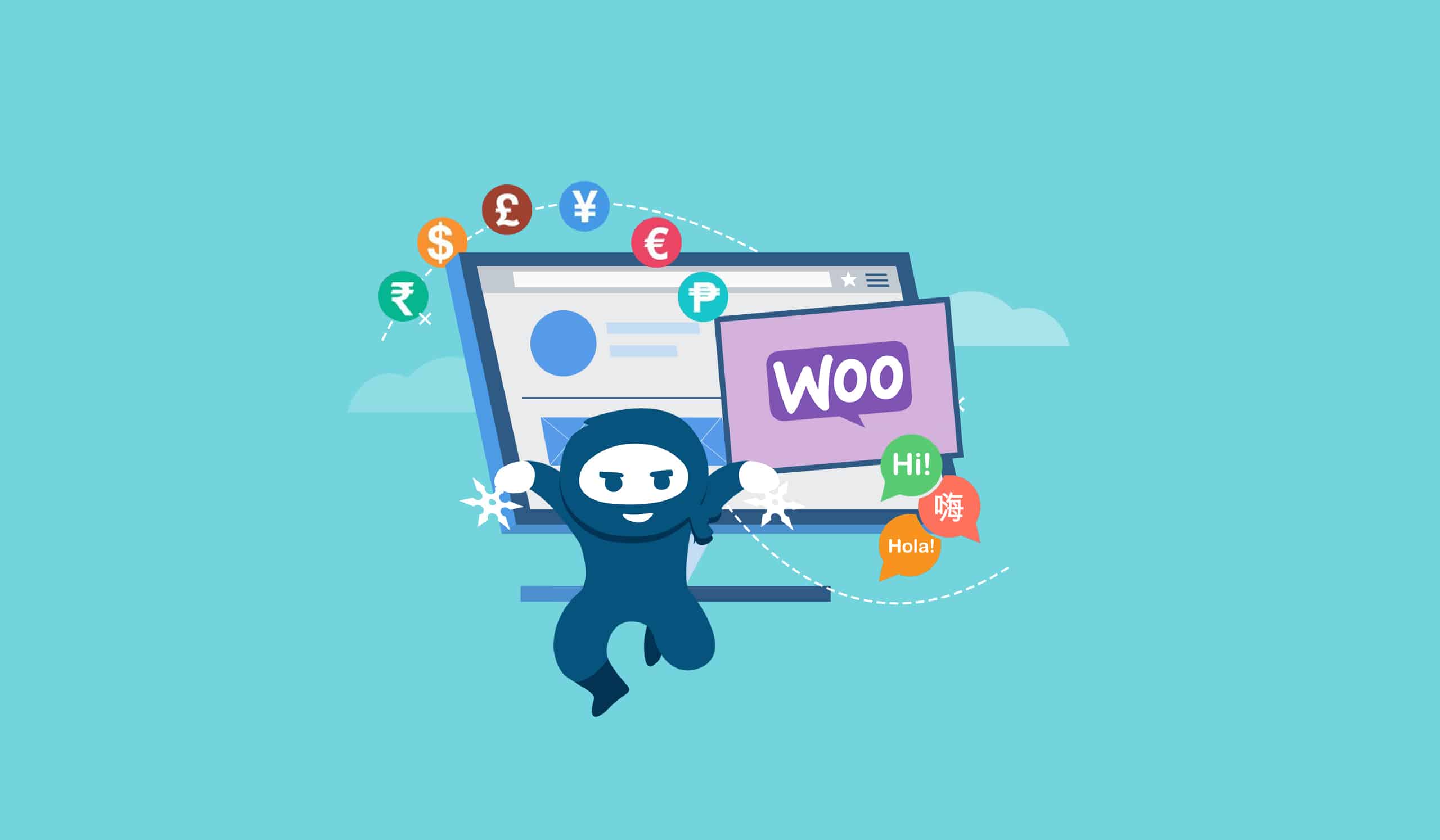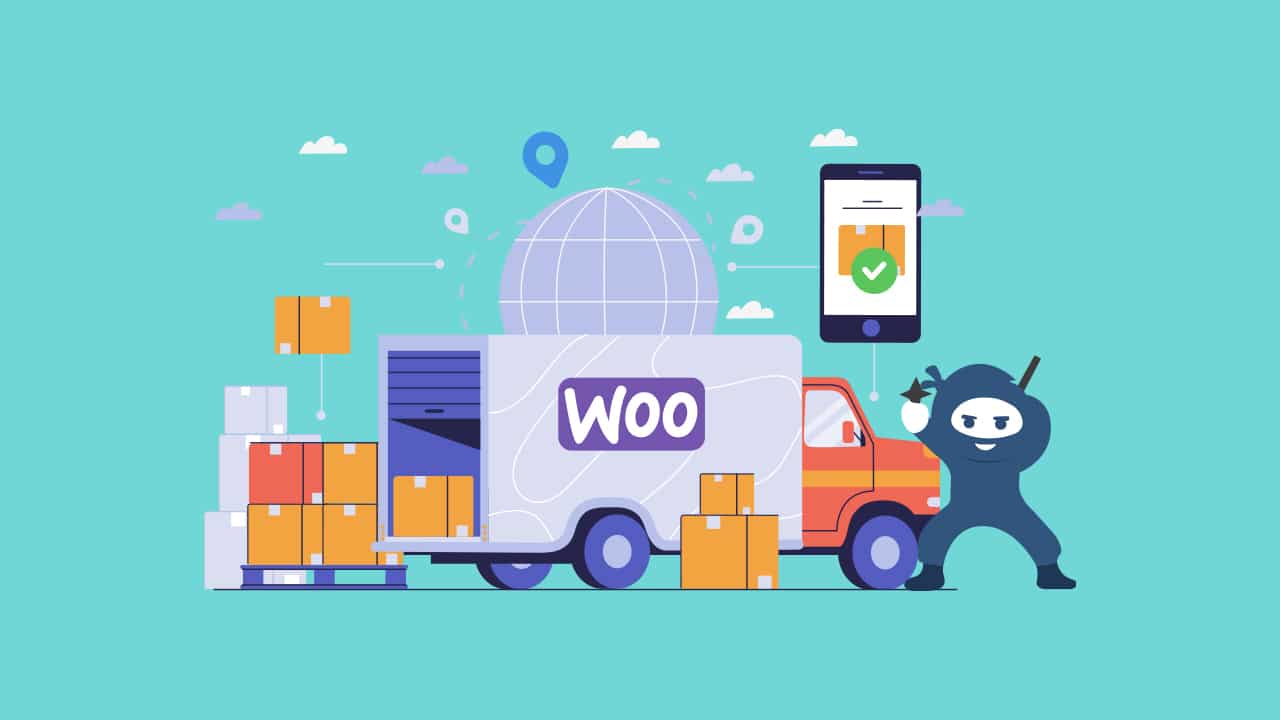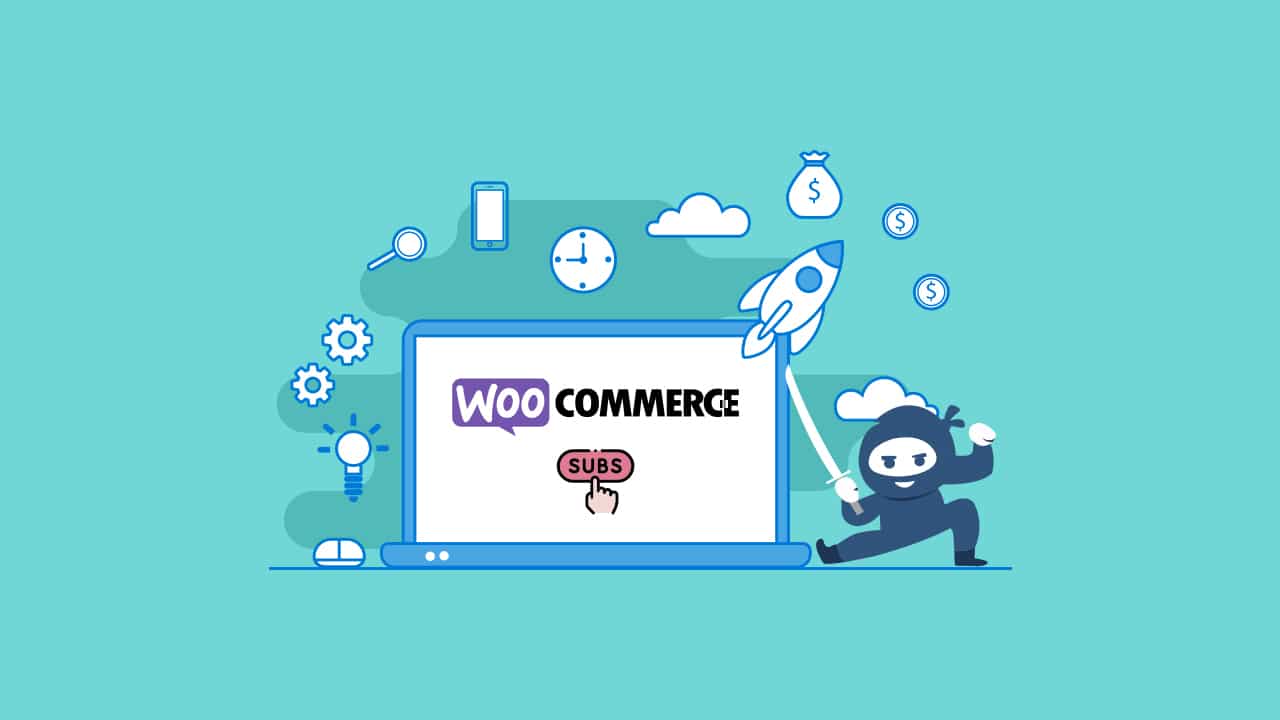Any online store that has customers who speak different languages and use different currencies can benefit from a multicurrency and multilingual site. Likewise, if your goal as an online store is to expand into an international market, making your website as friendly and easy to navigate as possible for diverse audiences is of utmost importance.
No business is against growth, however, not all businesses decide to take the plunge to build a multilingual online store. When looking to configure an online store to be multilingual and multicurrency, business owners have several concerns, including costs.
Creating a multilingual and multicurrency site can be expensive, and may require additional resources, such as translation services and currency conversion tools.
Another concern people have is the technical complexity of creating a multilingual and multicurrency site. They may not have the technical expertise required to install and configure the necessary plugins and tools on their own, or they may worry about how to manage translations and currency conversions.
Finally, maintaining a multilingual and multicurrency site can be challenging, as it requires ongoing updates and management of content, translations, and currency conversions.
That being said, creating a multi-currency and multilingual WooCommerce store has some indisputable benefits. In this article, we’ll be looking at the benefits of running a multilingual WooCommerce store and how you can set up an international online store, without breaking your head and your bank account in the process.
Pros and Cons of Multilingual WooCommerce
Pros
- Increased sales: By offering your products in multiple languages and currencies, you can reach a wider audience and increase your sales.
- Improved customer experience: Customers are more likely to buy from a website that speaks their language and displays prices in their local currency, which can improve their overall shopping experience.
- Better SEO: By optimizing your content for different languages and countries, you can improve your search engine rankings and attract more traffic to your site. You’ll get more content and be able to rank in multiple areas of the world.
Cons
- Higher costs: Creating a multilingual website can be more expensive than creating a website in a single language. You may need to hire translators, editors, and other professionals to help you create and manage your content.
- Increased complexity: Managing a multilingual website can be more complex than managing a website in a single language. You may need to use specialized software and tools to manage your translations and ensure that your content is displayed correctly.
- Technical challenges: Setting up a multi-currency and multilingual WooCommerce store can be technically challenging. You may need to install and configure multiple plugins and tools, which can be time-consuming and require technical expertise.
Are online stores with multilingual sites more successful?
There is no simple answer to this question since the success of an online store with a multilingual site depends on various factors. However, offering a multilingual site can help increase the success of your online store, especially if you are ready and eager to sell to customers across several countries.
One of the main benefits of a multilingual site is that it allows you to reach a wider audience. By offering your website in different languages, you can target customers who speak different languages and who may not have been able to access your website otherwise. This can help increase website traffic, improve customer engagement, and ultimately lead to higher sales.
If you sell products online and have customers from different countries, a multicurrency and multilingual site can help you better serve these customers by offering prices in their local currency and translating your product information into their language. If you operate a travel or tourism website, a multicurrency and multilingual site can help you reach a wider audience and better serve customers who speak different languages and use different currencies.
In addition, offering a multilingual site can help improve the customer experience. Customers are more likely to buy from a website that speaks their language and displays prices in their local currency. A multilingual site can help you build trust with your customers and create a more personalized shopping experience.
However, it’s important to note that simply offering a multilingual site is not enough to guarantee success. You will still need to have a well-designed, fast, and secure website, quality products, competitive prices, and effective marketing strategies to be successful. Offering a multilingual site can be an important part of your overall strategy, but it’s not a guarantee of success on its own.
How to configure a multi.currency, multilingual WooCommerce store?
To configure multi-currency and multilingual support in WooCommerce, you will need to install and configure a few plugins. Mainly, you will need a translation plugin that integrates with WooCommerce.
WPML
One good option is WPML, a popular plugin for creating multilingual websites in WordPress. With the WooCommerce Multilingual add-on, you can create translations for your product pages, categories, tags, and other content.
Using this solution you can add the currencies and languages you want to use on your site. Just go to WooCommerce > Settings > General and select the currencies you want to use. Then, go to WPML > Languages and add the languages you want to use.
Finally, you will need to translate your product pages, categories, tags, and other content into the languages you want to use on your site. You can do this using the WPML translation editor.
One of the best parts about this plugin is that offers language switching, language-specific menus, and SEO optimization for each language.
Polylang
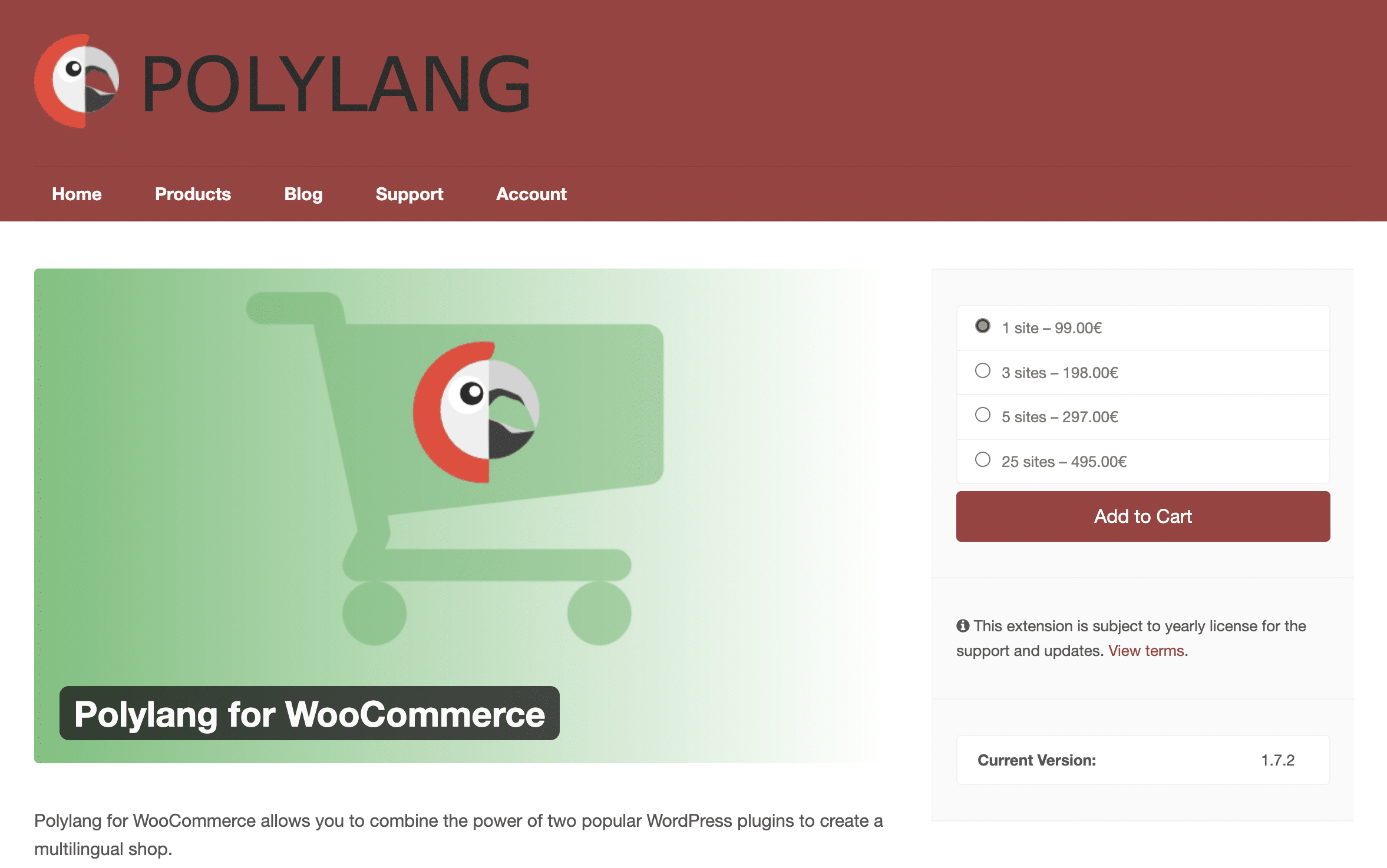
Polylang is another popular plugin that allows you to create a multilingual WordPress site, including your WooCommerce store. It offers similar features to WPML, including the ability to translate your site’s content and SEO optimization for each language. It also supports custom post types and taxonomies, which can be useful for managing your products in different languages.
Here’s how you can configure a multilingual WooCommerce site with Polylang:
- Install and activate the Polylang plugin: You can do this by going to the Plugins section of your WordPress dashboard, searching for “Polylang,” and clicking “Install” and “Activate.”
- Set up your languages: In the Polylang settings, you’ll need to select the languages you want to use on your site. You can add new languages by clicking the “Add New Language” button and entering the language name and code.
- Configure your currency settings: In the WooCommerce settings, you’ll need to select the currencies you want to use on your site. You can do this by going to the “General” tab and scrolling down to the “Currency Options” section.
- Create your translated content: With Polylang, you can translate all of your site’s content, including products, pages, and posts. To create a translation, simply edit the content in the language you want to translate it to.
- Set up language switcher: To allow visitors to switch between languages on your site, you’ll need to add a language switcher to your site’s menu. Polylang provides a language switcher widget that you can add to your site’s sidebar or footer.
- Configure SEO settings: To ensure that search engines can properly index your translated content, you’ll need to configure the SEO settings for each language. Polylang allows you to set the language of each page, post, and product, as well as the meta description and keywords for each language.
- Test your site: Once you’ve configured your site for multilingual and multicurrency support, it’s important to test it thoroughly to ensure that everything is working as expected. This includes testing your language switcher, checking that your translated content is displaying correctly, and making sure that your payment and shipping methods are working in each currency.
Weglot
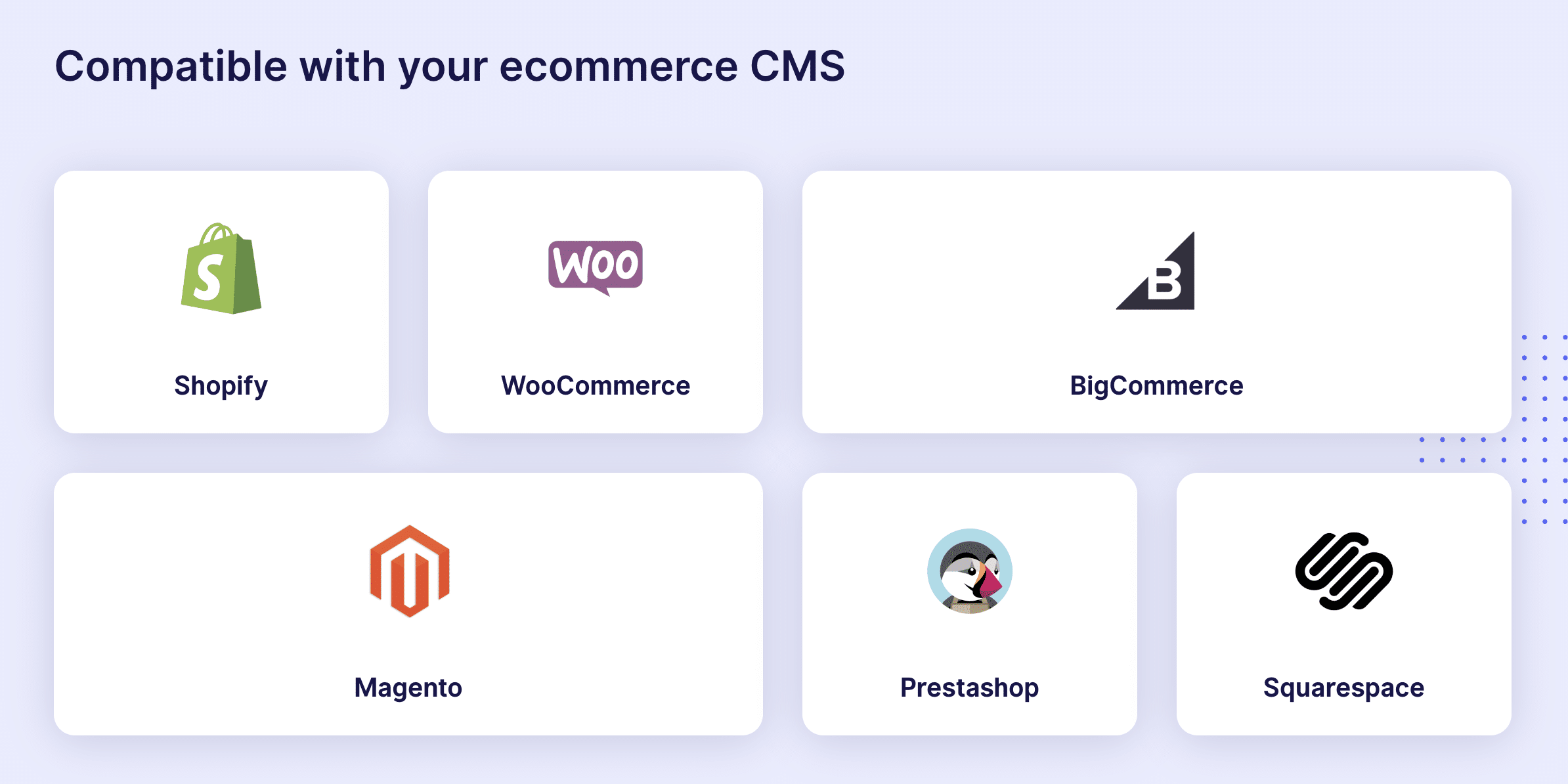
Weglot is a cloud-based translation plugin that allows you to create a multilingual WooCommerce site without needing to install additional software on your server. It offers automatic translation, as well as the ability to edit and customize translations manually. It also supports over 100 languages and integrates with popular WordPress page builders and plugins.
Here’s how you can set it up:
- Sign up for a Weglot account: You can do this by going to the Weglot website and creating an account. Weglot offers a free trial period, after which you’ll need to choose a paid plan to continue using the service.
- Install and activate the Weglot plugin: You can do this by going to the Plugins section of your WordPress dashboard, searching for “Weglot,” and clicking “Install” and “Activate.”
- Connect your site to Weglot: In the Weglot settings, you’ll need to enter your API key to connect your site to the Weglot service.
- Set up your languages: In the Weglot settings, you can select the languages you want to use on your site. Weglot supports over 100 languages, and you can add new languages at any time.
- Configure your currency settings: In the WooCommerce settings, you’ll need to select the currencies you want to use on your site. You can do this by going to the “General” tab and scrolling down to the “Currency Options” section.
- Customize your translations: Weglot provides automatic translations of your site’s content, but you may want to customize the translations for accuracy and clarity. You can do this by going to the Weglot dashboard and editing the translations directly.
Finally, you’ll want to test everything to make sure the front-end experience is as expected.
Multilingual WooCommerce
A multilingual store is an essential stepping stone for reaching a wider audience. However, the process of setting one up can be daunting for most. If you are getting stuck on the process or want to avoid any bugs or hiccups, working with a professional team of WooCommerce developers is your best bet. If you are looking for help don’t hesitate to reach out to our team.
